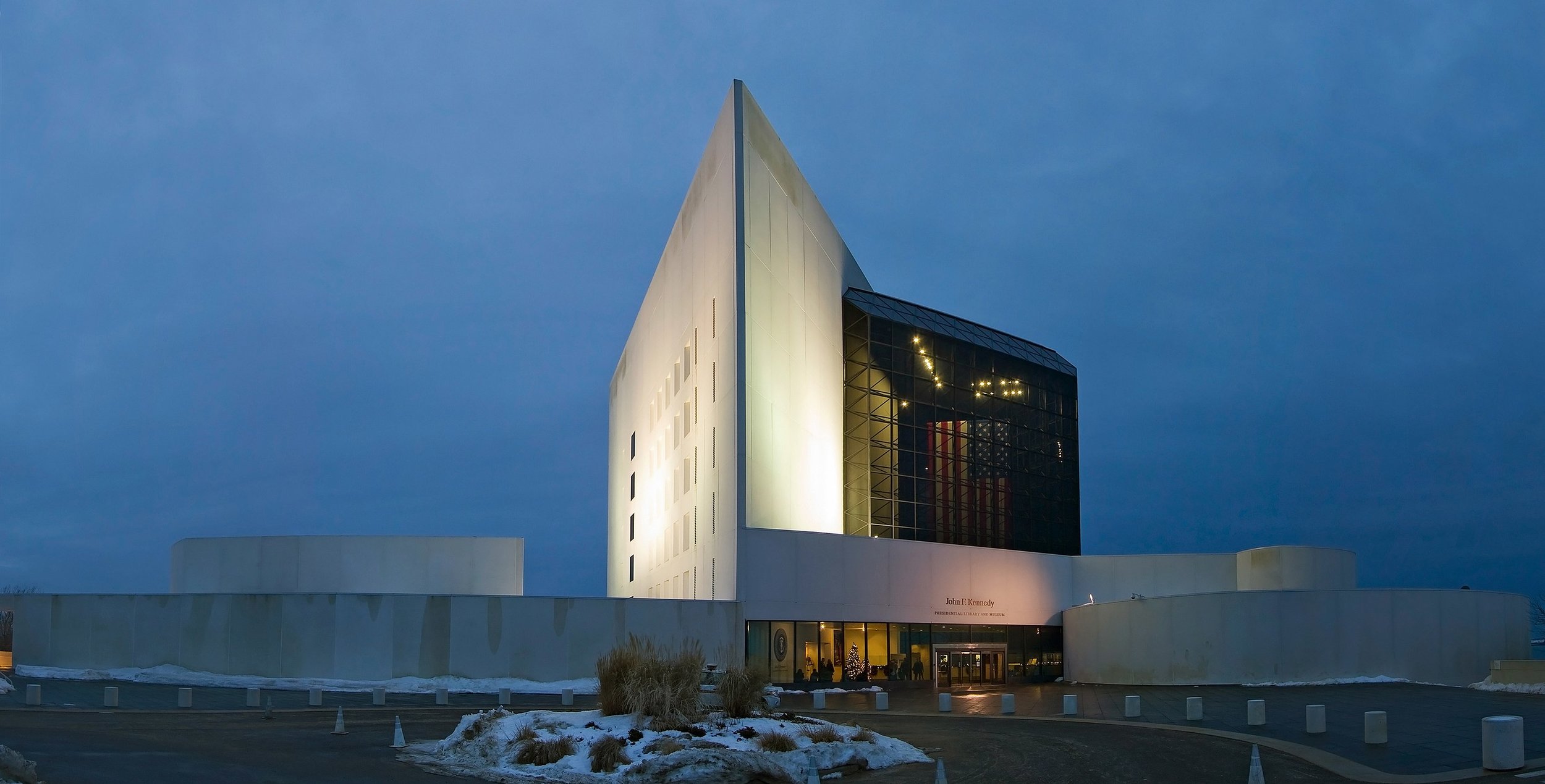I. M. Pei, the iconic architect behind buildings including the glass pyramid at the Louvre in Paris, has died.
Pei carried on working well into advanced age, creating one of his most famous masterpieces – the Museum of Islamic Art in Doha, Qatar – in his 80s.
Ieoh Ming Pei was born in Guangzhou, China in 1917, and moved to the US at the age of 18 to study at Pennsylvania, MIT and Harvard.
One of the 20th Century’s most prolific architects, he has designed municipal buildings, hotels, schools and other structures across North America, Asia and Europe.
His style has been described as modernist with cubist themes, and was influenced by his love of Islamic architecture.
Pei decided that a pyramid was "most compatible" with the other structures at the Louvre, complementing their roofs' faceted planes.
Mr Pei sparked controversy for his “pyramide inversée” (inverted pyramid) at the Louvre Museum. The glass structure opened in 1993 and is one of Paris’ most famous landmarks.
“I believe that architecture is a pragmatic art. To become art it must be built on a foundation of necessity.”
Pei won the AIA Gold Medal, the Praemium Imperiale for Architectures and in 1983 he was given the prestigious Pritzker Prize. The jury said he had he
“has given this century some of its most beautiful interior spaces and exterior forms”.
He used his $100,000 Pritzker prize money to start a scholarship fund for Chinese students to study architecture in America.
I.M. Pei was 102.
Pei considered the John F. Kennedy Library “the most important commission” in his life.
(Photo, Wikimedia Commons; via BBC)I.M. Pei, architecture



